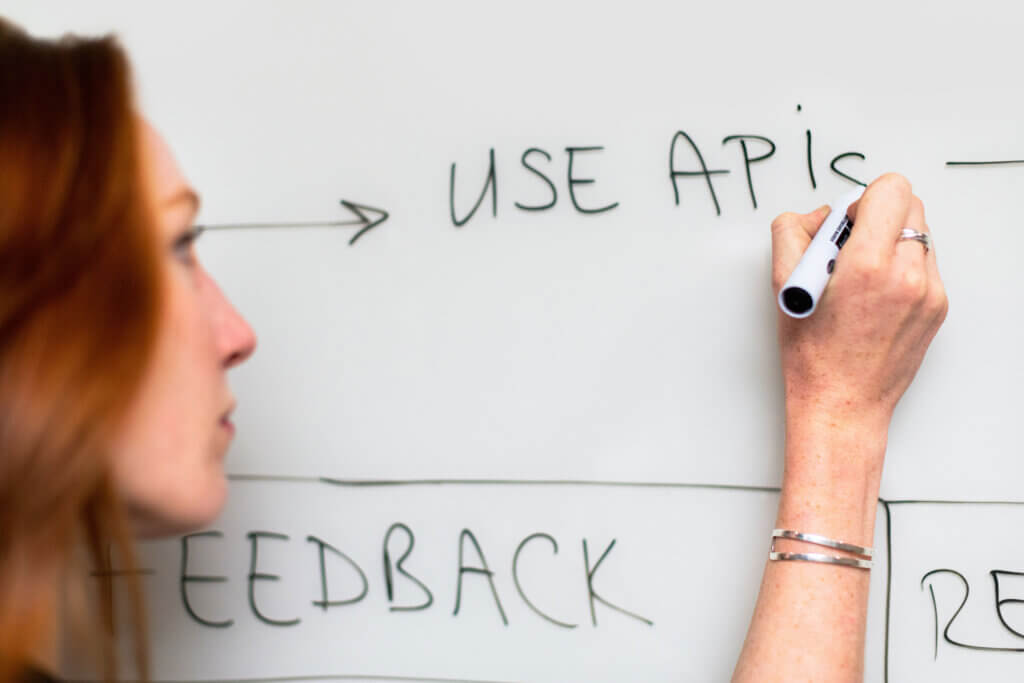WordPress has been progressively expanding its capabilities by providing developers with a RESTful API to interact with its data. This API allows developers to fetch, create, update, and delete content from a WordPress site using standardized HTTP methods. As a result, developers have been actively discussing and exploring different techniques and tools to extend the WordPress REST API and enhance its functionality.
One notable discussion among developers revolves around extending the REST API to include custom endpoints tailored to specific project requirements. By creating custom endpoints, developers can expose additional data or functionality from their WordPress site, making it easier to integrate with external applications or create more specialized features. Custom endpoints can be developed to provide access to specific post types, taxonomies, or even custom database tables.
Furthermore, developers have also been exploring the use of GraphQL as an alternative to the WordPress REST API. GraphQL is a query language for APIs that enables clients to request precisely the data they need, resulting in more efficient and optimized data retrieval. Compared to traditional REST APIs, GraphQL offers greater flexibility by allowing clients to define their data requirements upfront and receive only the requested data in a single response. This can significantly reduce over-fetching or under-fetching of data, resulting in improved performance and bandwidth usage.
To integrate GraphQL with WordPress, developers can utilize plugins such as WPGraphQL, which provides a GraphQL schema and endpoints for WordPress. WPGraphQL maps WordPress data types, including posts, taxonomies, users, and more, to a GraphQL schema, allowing clients to query and manipulate data using GraphQL syntax. This approach opens up possibilities for more dynamic and precise data retrieval, making it particularly appealing for developers working with complex or data-intensive applications.
In addition to extending the REST API and exploring GraphQL, developers have also been discussing tools and libraries that can simplify the interaction with WordPress data APIs. Frameworks like Next.js and Gatsby, which enable server-side rendering and static site generation, have gained popularity due to their seamless integration with WordPress APIs. These frameworks leverage the REST API or GraphQL endpoints to fetch WordPress data during the build process, resulting in fast and optimized websites or applications.
Moreover, developers have been utilizing JavaScript libraries such as Axios or the WordPress-specific wpapi library to interact with the REST API programmatically. These libraries provide convenient methods to make HTTP requests to the WordPress API, handle authentication, and process the response data. Additionally, they often offer additional functionalities like caching, request throttling, or error handling, streamlining the development process.
As the WordPress REST API continues to evolve, developers can expect to see further advancements and refinements in extending its capabilities. The WordPress community actively contributes to improving the REST API by proposing enhancements, developing plugins, and sharing best practices.
In conclusion, the WordPress REST API has provided developers with a powerful tool to interact with WordPress data programmatically. The ability to extend the REST API with custom endpoints, as well as exploring alternative data retrieval methods like GraphQL, has opened up new possibilities for integrating WordPress with other applications and creating dynamic web experiences. By leveraging tools, libraries, and frameworks that facilitate interaction with the REST API, developers can streamline their workflows and build highly customized and performant WordPress websites and applications.
